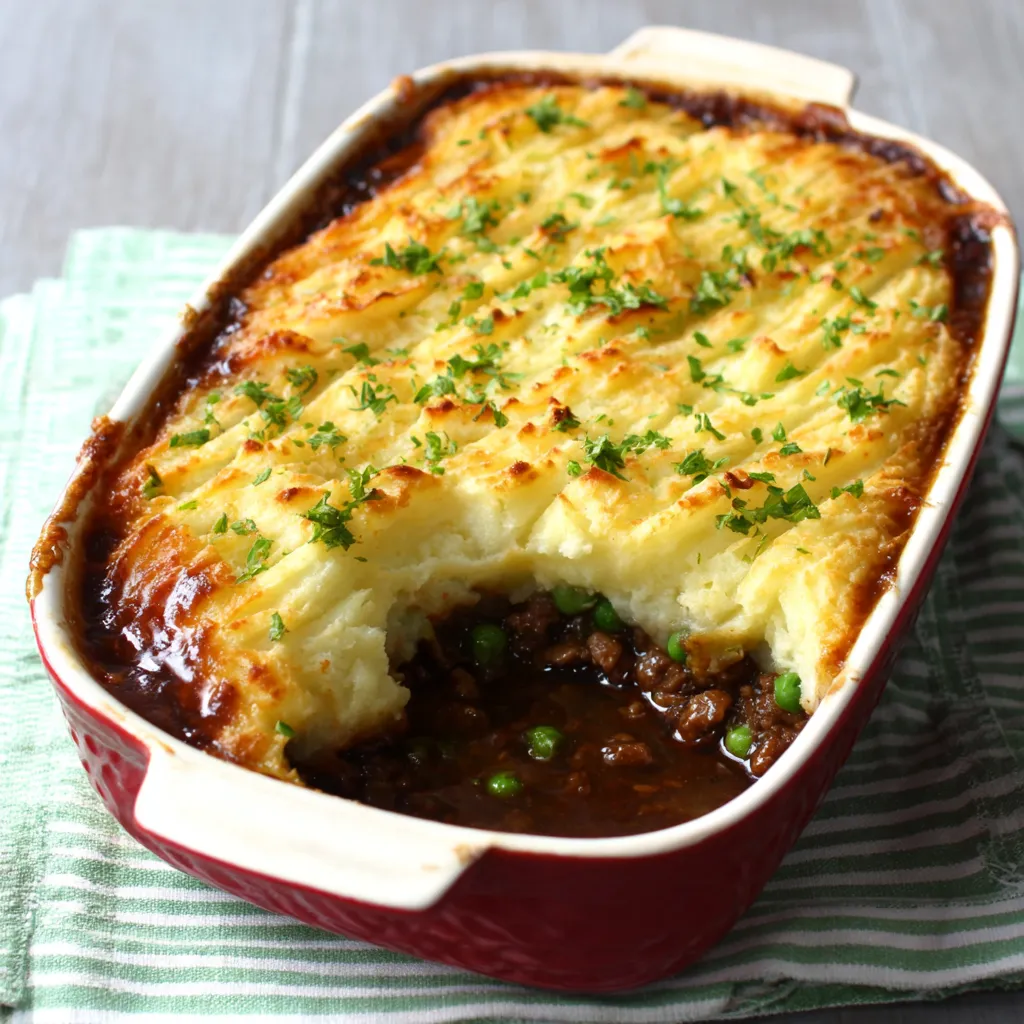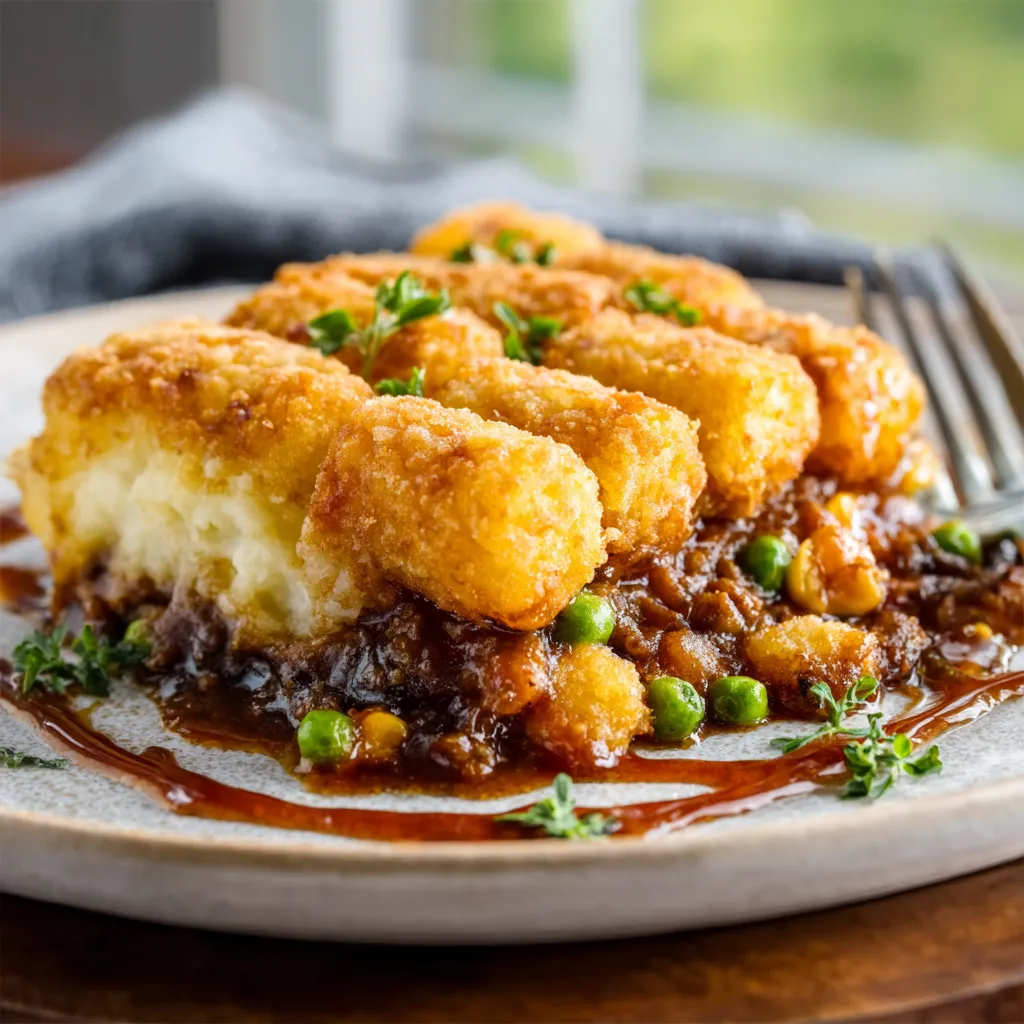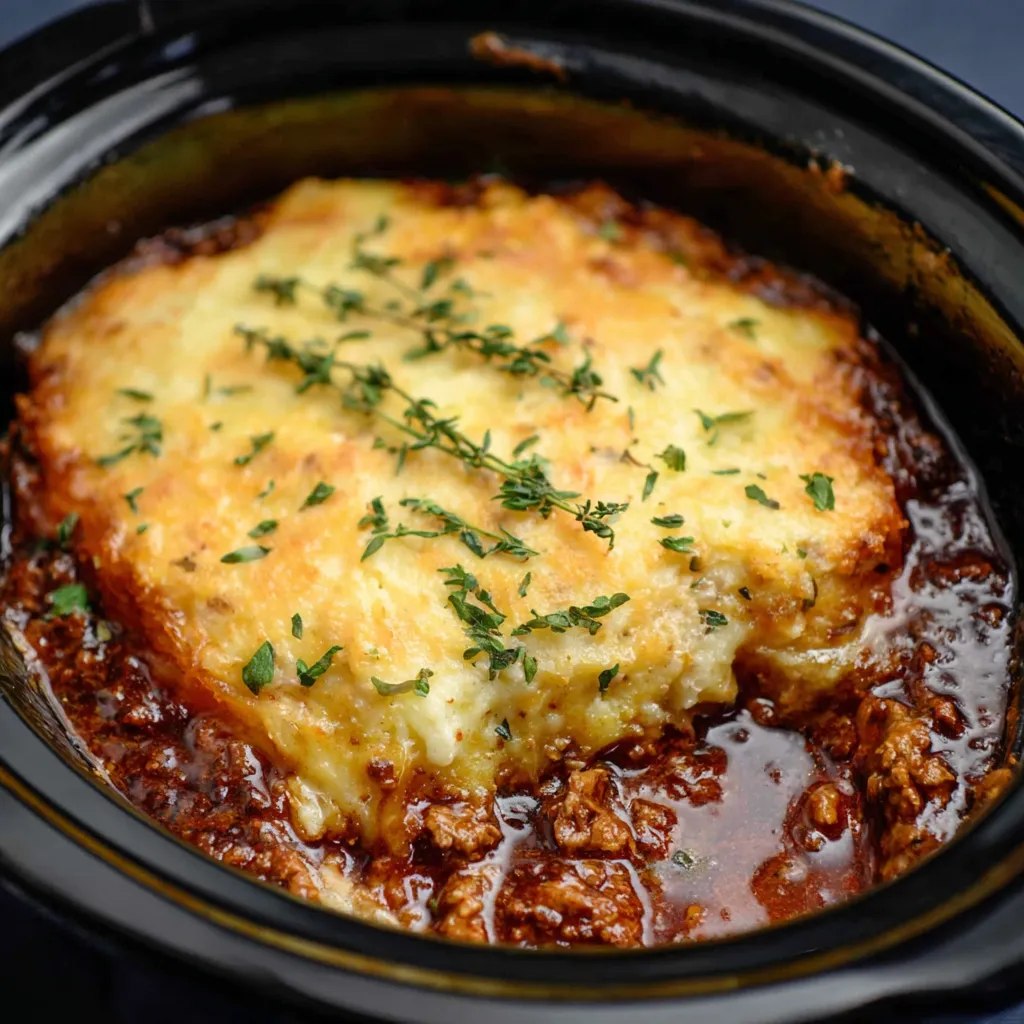I still remember the first time I tasted Vietnamese iced coffee; it was at a tiny cafe, the aroma of strong coffee and sweet condensed milk filling the air. The richness and bold flavor were unlike anything I’d ever experienced. Today, I’m sharing all my secrets for the most amazing Delightful Vietnamese Iced Coffee – Smooth & Refreshing you’ll ever make!
The Magic of Cà Phê Sữa Đá: Your Guide to Vietnamese Iced Coffee
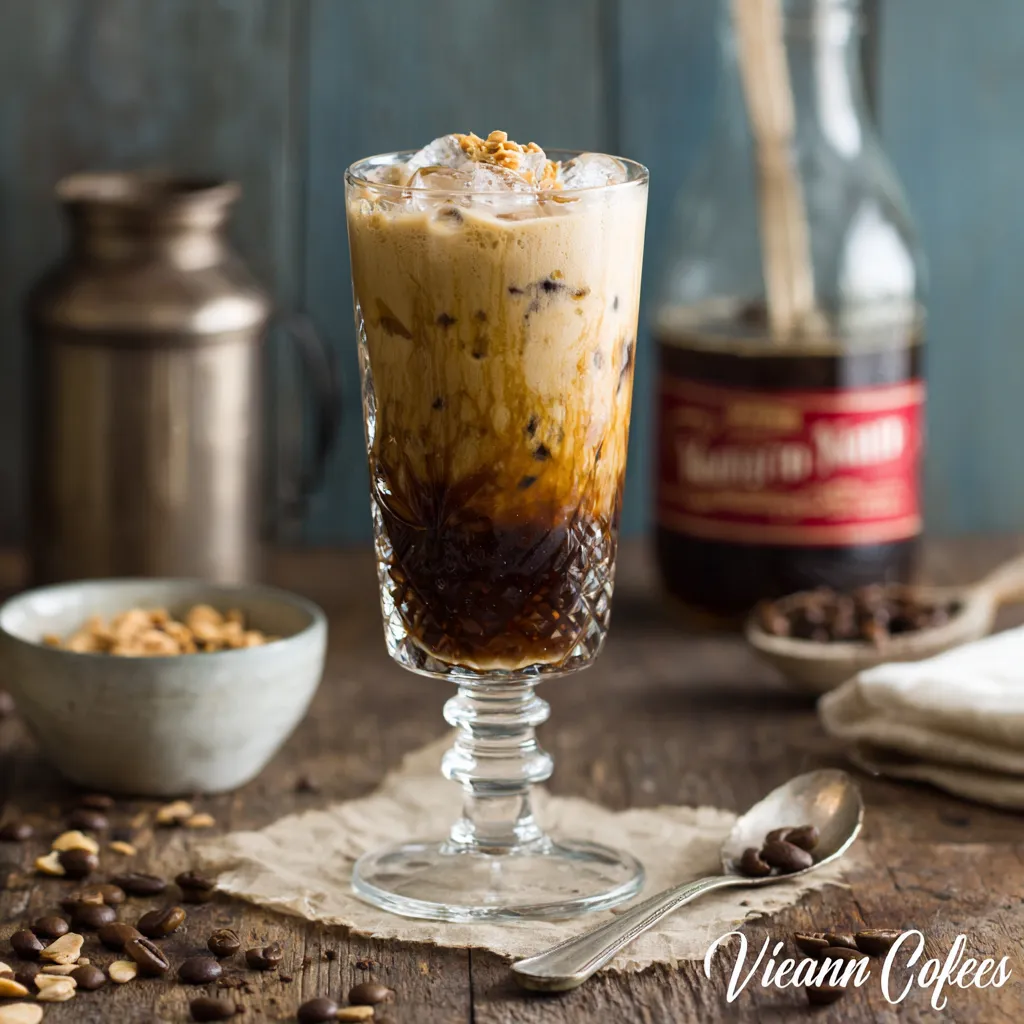
Vietnamese Iced Coffee, or Cà Phê Sữa Đá, is more than just a beverage; it’s an experience. It’s a slow, deliberate ritual of brewing, dripping, and savoring. It’s the perfect pick-me-up on a hot day, and it’s surprisingly easy to make at home. Forget those watered-down imitations; we’re diving deep into the heart of what makes this coffee so special – the rich, dark roast, the sweetness of condensed milk, and the refreshing chill of ice. Let’s get started!
What Makes Vietnamese Iced Coffee So Special?
The secret to truly amazing Cà Phê Sữa Đá lies in a few key elements:
- The Coffee: We’re talking about a dark roast, often Robusta beans. These beans pack a serious punch of caffeine and have a distinctive, bold flavor that stands up beautifully to the sweetness of the condensed milk. Don’t skimp on the quality!
- The Phin Filter: This simple, yet ingenious device is the heart of the brewing process. It allows for a slow, deliberate drip, extracting every last bit of flavor from the coffee grounds.
- Condensed Milk: This isn’t your average milk. Sweetened condensed milk adds a creamy, rich sweetness that is the hallmark of Vietnamese iced coffee.
- The Ice: Plenty of it! The ice not only cools the coffee but also dilutes it slightly, creating the perfect balance of strength and refreshment.
Let’s Brew: Step-by-Step Instructions for Authentic Vietnamese Iced Coffee
Ready to make some magic? Follow these simple steps, and you’ll be sipping on a delicious glass of Cà Phê Sữa Đá in no time. Don’t worry, it’s easier than you think!
- Gather Your Ingredients: You’ll need:
- 2 tablespoons of coarsely ground dark roast Vietnamese coffee (Robusta is ideal)
- 2-3 tablespoons of sweetened condensed milk (adjust to your sweetness preference)
- Hot water (just off the boil)
- Ice cubes
- Prepare the Phin Filter: Place the phin filter on top of a sturdy glass or mug. Make sure it sits securely.
- Add the Coffee: Spoon the ground coffee into the phin filter. Gently shake the filter to distribute the coffee evenly.
- Tamp Lightly: Use the included press (the little disc) to gently tamp the coffee grounds. Don’t pack it too tightly, just enough to create a level surface.
- Pre-Infuse the Coffee: Pour about 1 tablespoon of hot water over the coffee grounds. This allows the coffee to “bloom,” releasing its flavors. Wait about 30 seconds. You’ll see the coffee grounds expand and release a wonderful aroma.
- Brew the Coffee: Slowly pour about 4-5 ounces of hot water into the phin filter. Cover with the lid.
- Wait Patiently: This is the key! The coffee will drip slowly through the filter. It should take about 4-5 minutes for all the water to pass through. The aroma filling your kitchen right now should be intoxicating!
- Sweeten and Chill: While the coffee is brewing, add the sweetened condensed milk to your serving glass.
- Pour and Stir: Once the coffee has finished brewing, pour it directly over the condensed milk. Stir well to combine. The coffee will be incredibly rich and dark.
- Add Ice: Fill the glass with ice cubes.
- Enjoy! Stir again and savor the smooth, refreshing delight of your homemade Vietnamese iced coffee.
Success Tips for the Perfect Cà Phê Sữa Đá
Want to take your Vietnamese iced coffee to the next level? Here are a few insider tips to ensure success every time:
- Grind Size Matters: Use a coarse grind, similar to what you’d use for a French press. A grind that’s too fine will clog the phin filter and result in a slow, bitter brew.
- Water Temperature is Crucial: Use water that’s just off the boil (around 200°F or 93°C). Boiling water can scorch the coffee grounds and create a bitter taste.
- Adjust Sweetness to Your Liking: Start with 2 tablespoons of condensed milk and adjust to your preference. Some people prefer it sweeter, others less so. It’s all about finding your perfect balance.
- Don’t Rush the Brew: The slow drip is essential for extracting the full flavor of the coffee. Be patient and let the phin filter do its thing.
- Experiment with Different Coffee Beans: While Robusta is traditional, you can also experiment with blends or even 100% Arabica beans for a smoother, less intense flavor. Just be sure to use a dark roast!
Variations and Twists: Elevate Your Cà Phê Sữa Đá Game
Once you’ve mastered the basic recipe, feel free to get creative and experiment with different variations. Here are a few ideas to get you started:
- Coconut Vietnamese Iced Coffee: Add a splash of coconut milk to your condensed milk for a tropical twist.
- Vietnamese Egg Coffee (Cà Phê Trứng): This Hanoi specialty involves whisking an egg yolk with condensed milk until it forms a thick, creamy foam that sits atop the coffee. It’s decadent and delicious!
- Spiced Vietnamese Iced Coffee: Add a pinch of cinnamon, cardamom, or star anise to the coffee grounds before brewing for a warm, aromatic flavor.
Choosing the Right Coffee: A Deep Dive
As I mentioned earlier, the coffee is the heart and soul of Vietnamese Iced Coffee. While Robusta is the traditional choice, understanding the nuances of different beans can significantly enhance your brewing experience. Let’s explore this further:
Robusta vs. Arabica: What’s the Difference?
Robusta beans are known for their bold, earthy flavor, high caffeine content, and resilience. They thrive in hotter climates and are easier to cultivate than Arabica beans. This makes them a more affordable option, but their robust flavor profile isn’t for everyone.
Arabica beans, on the other hand, are prized for their smoother, more aromatic flavor, with notes of chocolate, caramel, and fruit. They have a lower caffeine content and are generally considered to be of higher quality. However, they are also more expensive and require more care to cultivate.
Finding the Perfect Roast
Regardless of whether you choose Robusta or Arabica beans, a dark roast is essential for Vietnamese Iced Coffee. The dark roasting process brings out the beans’ oils, resulting in a rich, intense flavor that pairs perfectly with the sweetness of condensed milk. Look for beans labeled as “French Roast,” “Italian Roast,” or “Espresso Roast.”
Where to Buy Vietnamese Coffee
You can find Vietnamese coffee beans at many Asian grocery stores, specialty coffee shops, and online retailers. Look for brands that specifically label their coffee as “Vietnamese Coffee” or “Cà Phê.” If you can’t find pre-ground coffee, you can grind your own beans at home using a burr grinder. This will ensure that you have a consistent, coarse grind that’s perfect for the phin filter.
Speaking of refreshing drinks, if you are trying to stay cool this summer, you might want to try a Watermelon Slushie or a Watermelon Summer Smoothie.
Cleaning and Maintaining Your Phin Filter
A well-maintained phin filter will last for years and continue to produce delicious coffee. Here’s how to keep yours in top condition:
- Rinse After Each Use: After brewing, immediately rinse the phin filter with hot water to remove any coffee grounds.
- Disassemble and Clean: Once a week, disassemble the phin filter and wash each component with warm, soapy water. Use a soft brush to remove any stubborn coffee residue.
- Avoid Abrasive Cleaners: Do not use abrasive cleaners or scouring pads, as these can damage the filter’s surface.
- Dry Thoroughly: After washing, dry each component thoroughly before reassembling the phin filter.
Beyond the Basics: Exploring Coffee Culture in Vietnam
Vietnamese coffee culture is rich and vibrant, with a fascinating history and unique traditions. Coffee was introduced to Vietnam by the French in the 19th century, and it quickly became a beloved beverage. Today, Vietnam is the second-largest coffee producer in the world, and coffee shops can be found on nearly every street corner.
One of the most interesting aspects of Vietnamese coffee culture is the social aspect. Coffee shops are not just places to grab a quick caffeine fix; they are social hubs where people gather to chat, relax, and connect with friends and family. Spending an afternoon lingering over a cup of Cà Phê Sữa Đá is a quintessential Vietnamese experience.
You can even find variations on coffee, like Iced Mocha, if you want a chocolate twist.
Troubleshooting Common Issues
Even with the best instructions, sometimes things don’t go exactly as planned. Here are some common issues you might encounter when making Vietnamese Iced Coffee, and how to fix them:
- Slow Drip: If the coffee is dripping too slowly, it could be due to a grind that’s too fine, or coffee grounds that are packed too tightly. Try using a coarser grind and tamping the grounds more gently.
- Bitter Taste: A bitter taste can be caused by over-extraction, which can happen if the water is too hot or the coffee is brewed for too long. Try using water that’s just off the boil and reducing the brewing time slightly.
- Weak Coffee: If the coffee is too weak, it could be due to not using enough coffee grounds, or using a coffee that’s not dark enough. Try using more coffee grounds and opting for a darker roast.
- Phin Filter Clogging: If your filter is clogging, make sure that you are using the right grind. Also, be sure to clean your phin filter.
If you are looking for another cold and refreshing drink, you can try Frosted Lemonade
Conclusion: Your Journey to Vietnamese Iced Coffee Mastery
Congratulations! You’ve now embarked on a journey to master the art of making Delightful Vietnamese Iced Coffee – Smooth & Refreshing. With a little practice and these tips, you’ll be brewing up perfect cups of Cà Phê Sữa Đá in no time. Enjoy the rich, bold flavors, the refreshing chill, and the simple pleasure of this truly special beverage. Cheers to your new coffee adventure!
What makes Vietnamese Iced Coffee (Cà Phê Sữa Đá) so special?
The key elements are the use of dark roast, often Robusta beans, the Phin filter for slow brewing, sweetened condensed milk for creamy sweetness, and plenty of ice for refreshment.
What grind size should I use for Vietnamese coffee?
Use a coarse grind, similar to what you’d use for a French press. A grind that’s too fine will clog the phin filter.
What can I do if my Vietnamese coffee is dripping too slowly?
A slow drip can be caused by a grind that’s too fine or coffee grounds that are packed too tightly. Try using a coarser grind and tamping the grounds more gently.
How do I clean and maintain my Phin filter?
Rinse the phin filter with hot water after each use to remove coffee grounds. Once a week, disassemble it and wash each component with warm, soapy water. Avoid abrasive cleaners and dry thoroughly before reassembling.
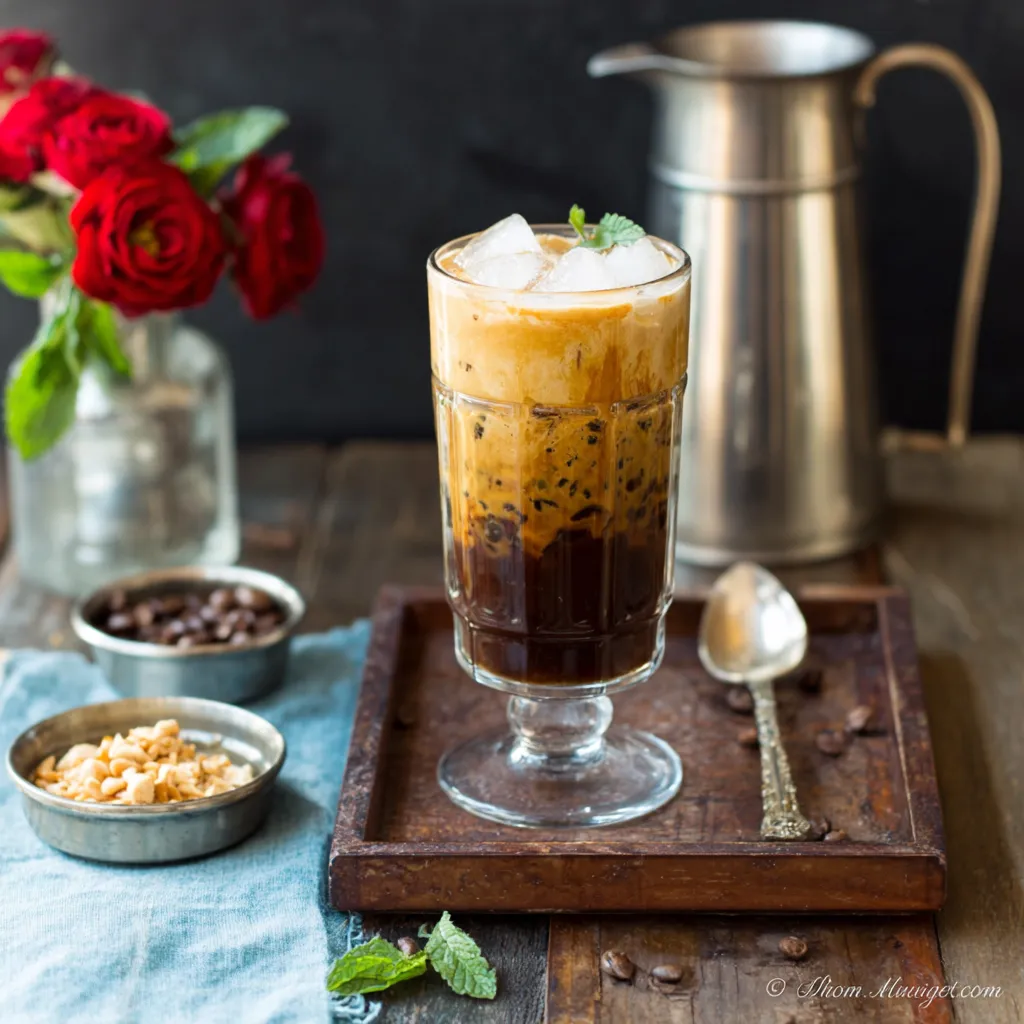
Vietnamese Iced Coffee (Cà Phê Sữa Đá)
Ingredients
Equipment
Method
- Place the phin filter on top of a sturdy glass or mug, ensuring it sits securely.
- Spoon the ground coffee into the phin filter. Gently shake to distribute the coffee evenly.
- Use the included press (the little disc) to gently tamp the coffee grounds, creating a level surface. Do not pack too tightly.
- Pour about 1 tablespoon of hot water over the coffee grounds to pre-infuse. Wait about 30 seconds, allowing the coffee to bloom.
- Slowly pour about 4-5 ounces of hot water into the phin filter. Cover with the lid.
- Allow the coffee to drip slowly through the filter. This should take about 4-5 minutes.
- While the coffee is brewing, add the sweetened condensed milk to your serving glass.
- Once the coffee has finished brewing, pour it directly over the condensed milk.
- Stir well to combine the coffee and condensed milk.
- Fill the glass with ice cubes.
- Stir again and enjoy your homemade Vietnamese iced coffee.


